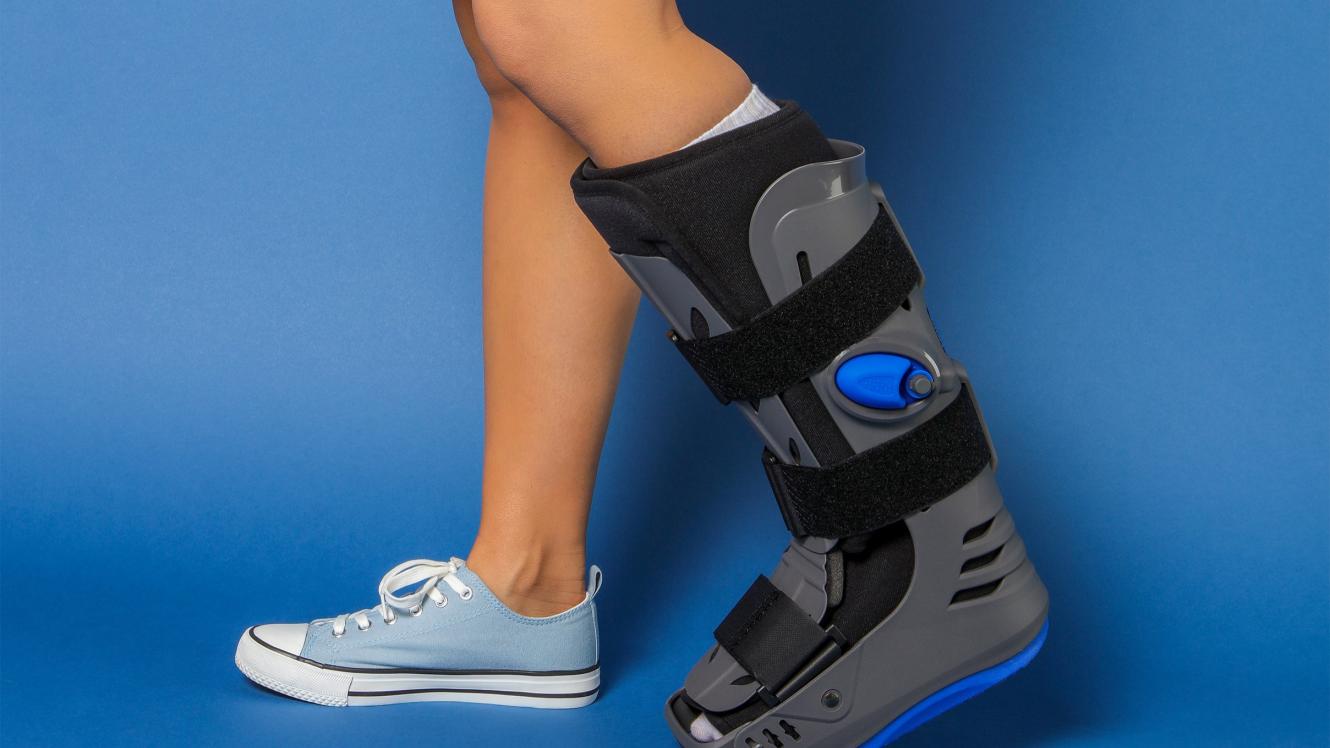The foot
The foot is used for walking and standing up. Consequently, it is under significant strain and can be prone to deformities, joint damage and painful, incapacitating inflammation.

The foot is a sophisticated complex of 26 bones (the tarsal bones, the metatarsal bones, the calcaneus or heel bone, the phalanges of the toes, etc.), 107 ligaments, 20 muscles, tendons, blood vessels and nerves. The foot has to work hard throughout our lifetimes, even in terms of walking alone: we take an average of 10,000 steps per day! Over-stressed by sport, standing or wearing inappropriate footwear, weakened by deformities and age, it can suffer from a number of conditions:
- Calcaneal bursitis is an inflammation of the serious bursa, small “sacs” filled with synovial fluid providing a cushion against friction between the bones and tendons of the foot. This causes a build-up of fluid, putting pressure on the surrounding structures and resulting in pain and redness.
- Plantar fasciitis is an inflammation of the aponeurosis (or fascia), a thin, fibrous band of tissue connecting the heel to the toes and very important for walking and running. It causes heel pain (talalgia), which is more intense at the start of the day.
- Heel spurs are spur-shaped bony outgrowths of the heelbone - the calcaneus - caused by calcification of the bone, “protecting” itself abnormally from impacts caused by walking. The pain worsens as the spur grows and can make putting weight on the foot difficult to tolerate.
- Metatarsalgia is pain in the metatarsal bones, often accompanied by corns under the forefoot. It is caused by excessive mechanical strain (shuffling from foot to foot, prolonged standing, wearing high-heeled shoes, etc.).
Treatments to get off on a good foot again
The solutions available to treat these foot conditions include painkillers and anti-inflammatories, wearing appropriate shoes, wearing orthopaedic insoles, rest and physiotherapy.